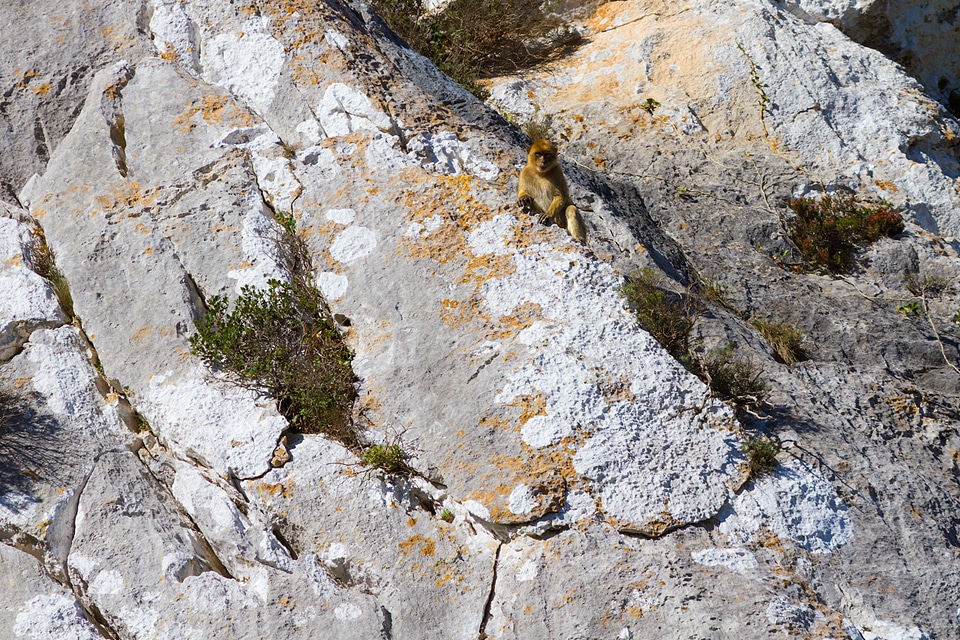
Barbary Macaques (Macaca sylvanus) can be found in Morocco and Algeria. There is a small population in Gibraltar as well. They are the only species of primate to inhabit Europe beside humans. Barbary Macaque numbers have shrunk over the years due to habitat loss and persecution. Today, most of them survive in small and increasingly isolated populations.
Counting Barbary Macaques
We have been watching the Barbary Macaques for the last five years in the Jebel Musa, a famously high peak on the coast of Morocco. This peak is visible from the European side, and considered to be one of the two pillars of Hercules. A small population of macaques persists there and we returned this year to count numbers of individuals and groups.
We rode the ferry from Algeciras to Tangier. It took a little more than an hour to cross the Strait of Gibraltar. When we arrived to Morocco we took a couple of taxis (seven people in a five-seats taxi is perfectly acceptable here!) and drove to the starting point. As we were eight people in total, we divided into four teams.
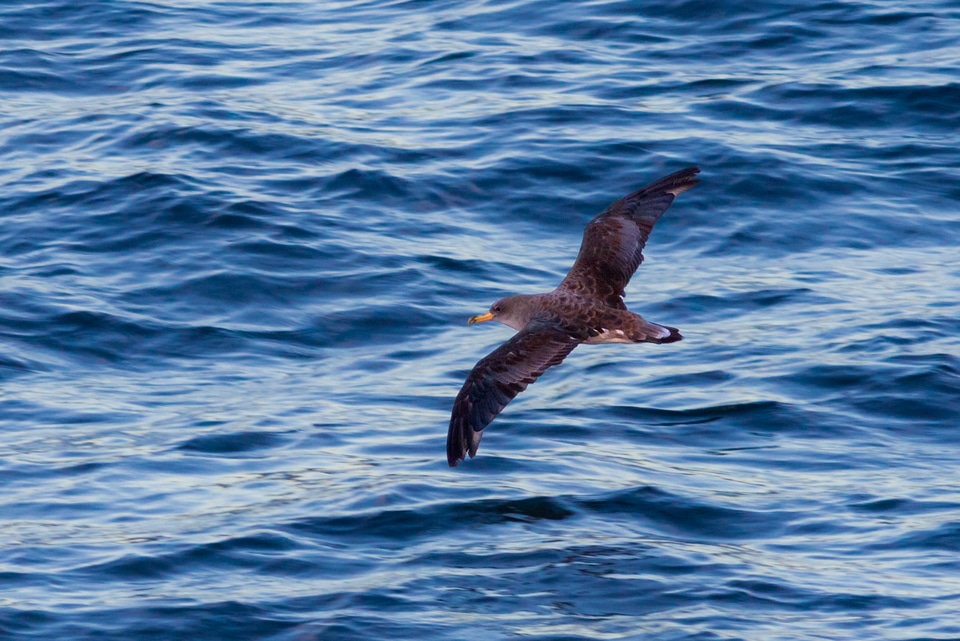
To be honest, Marta Peris and I had the easiest path, which ran along the coast. We walked the mostly flat trail, spending a good amount of time just watching the different groups of Barbary Macaques we located. We noted the numbers, writing down sex, age, behaviour. The rest of the group had to climb the steepest side of the mountain (and believe me, it’s steep!) and were quite exhausted after they were done.
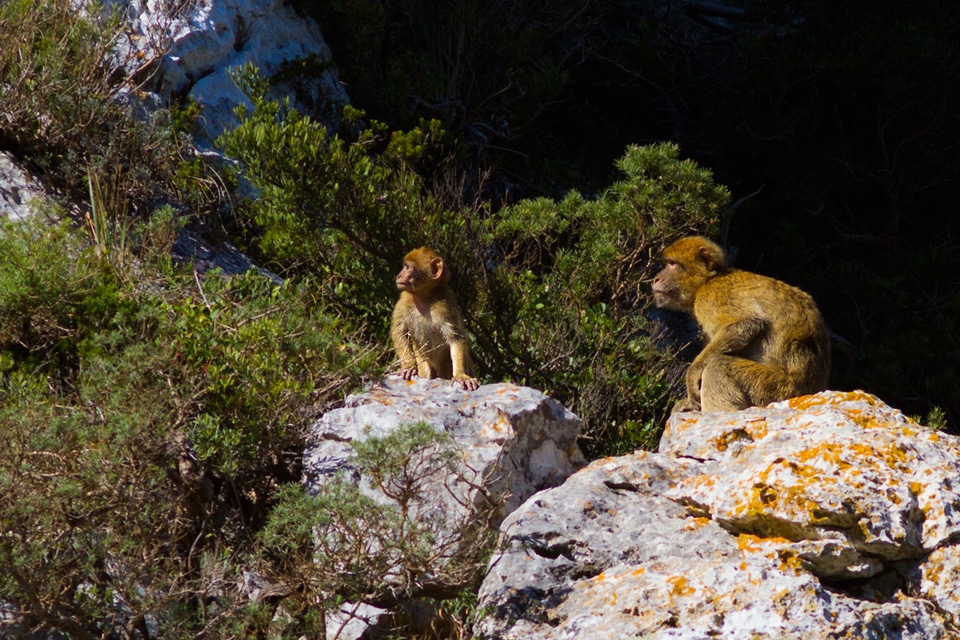
The trail along the coast is certainly beautiful, and offers great views of Isla Perejil. This was the origin of a sovereignty conflict between Spain and Morocco in recent years. The vegetation consists mainly of mastic (Pistacia lentiscus) and wild-olives (Olea oleaster), amongst other small sized shrubs.
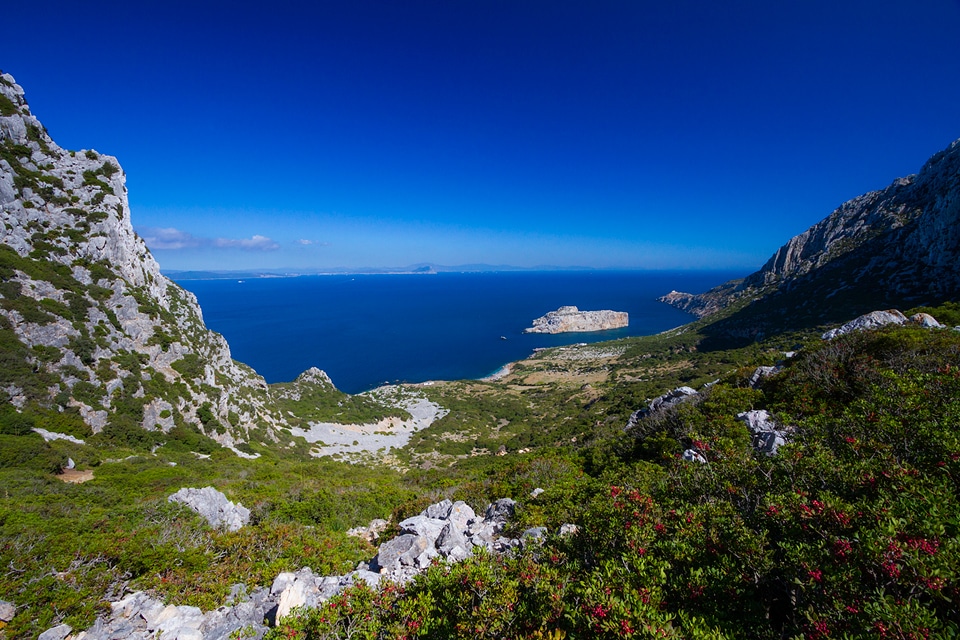
Getting in some birding
Birds were plentiful, especially the raptors, as we are still getting migrants in from Europe. We saw Osprey, Honey Buzzard, Red and Black Kites, Long-legged Buzzard, Booted Eagle, Short-toed Eagle, Egyptian Vulture and Griffon Vulture among others. To see Griffon Vultures arriving to the African coast after an exhausting trip across the sea was quite a sight. There were other interesting birds as well, like Barbary Partridge and Black Wheatear, for instance.
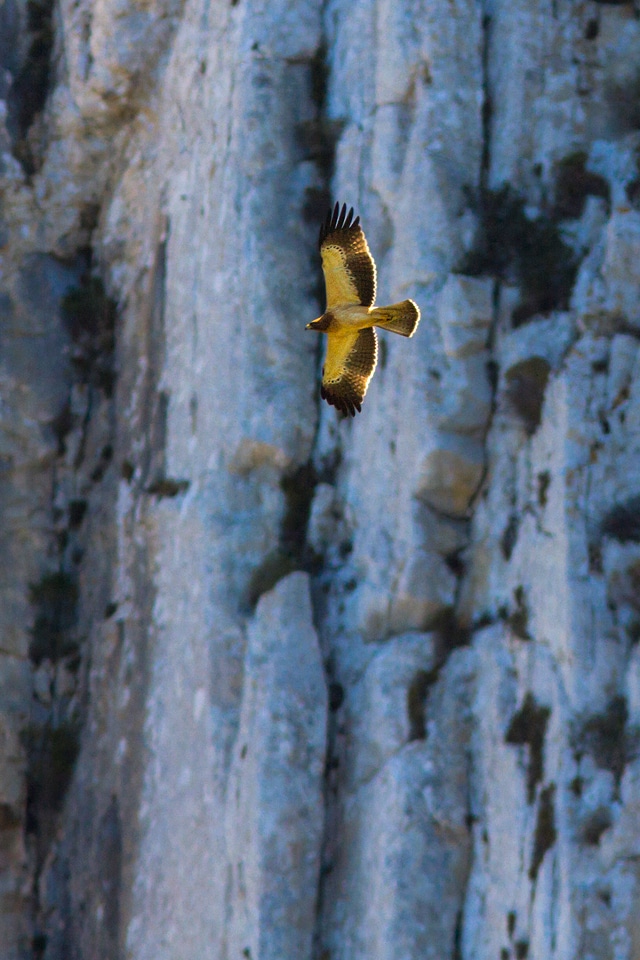
Being able to watch the macaques leisurely through the scope was a delight. As all primates, they are enormously social, and interact all the time. They eat, fight, delouse each other, play, yell, and… yes, they copulate, right in front us. Some individuals were in really steep terrain, places where you would never imagine a four-legged creature could climb!


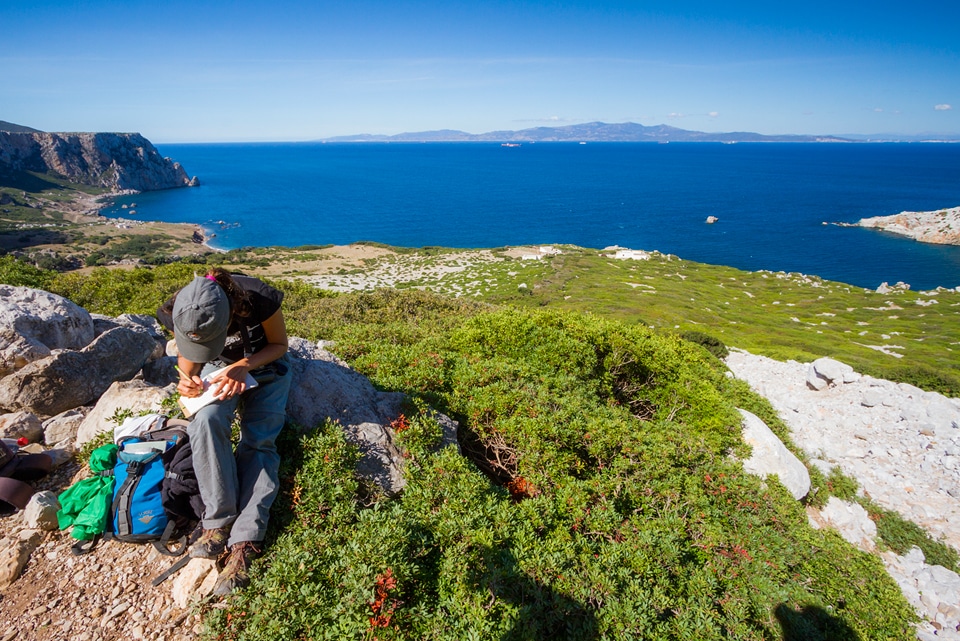
After five and a half hours we finished the trail, completed our lovely trek and walked to the meeting point, a local place where we could enjoy sweet Moroccan tea, and share the events of the day with the rest of the group. So far, the numbers are persistent and the macaques seem to be doing well on the remote, inaccessible rocks of the Jebel Musa.
Thanks to all participants for a great day in the field!

